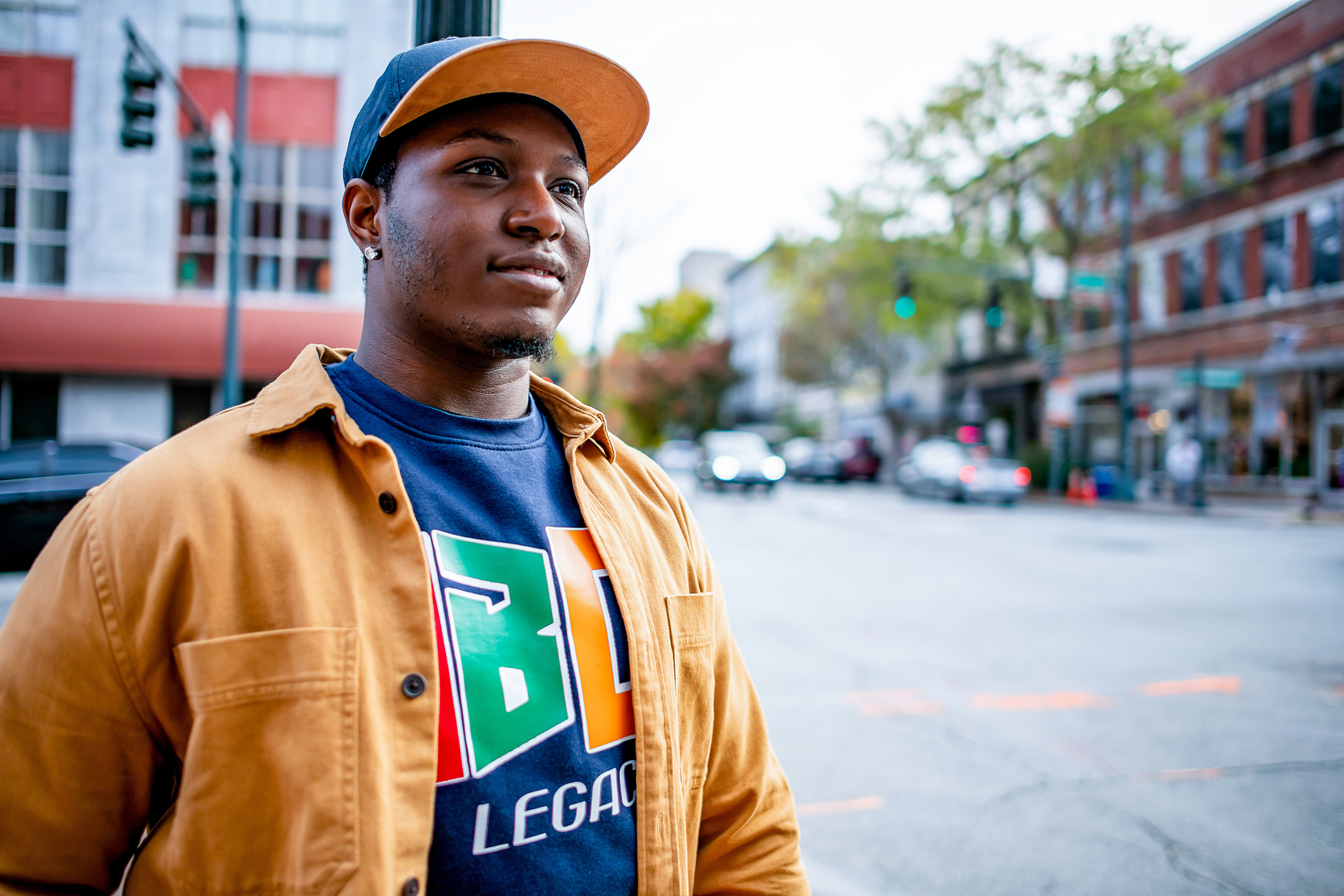What Was the First HBCU?
Historically Black colleges and universities (HBCUs) have been essential to America’s past and present and will continue to contribute to its future.
HBCUs were the first institutions to provide a pathway to professional careers for Black students. They offer a supportive environment where students can receive a quality education. The first HBCU was Cheyney University of Pennsylvania, founded during the pre-Civil War era in 1837.
A History of Inequality
In 1865, Congress passed the 13th, 14th, and 15th Amendments that abolished slavery, granted citizenship to those born in the United States, and granted Black men the right to vote.
In response, states, local governments, and private businesses in the Northern and Southern states enacted a series of laws and practices that denied Black people basic rights and legalized racial discrimination. Racial segregation extended to public buildings, transportation, healthcare, schools, housing, jobs, and recreational spaces.
Court cases ensued, and the U.S. Supreme Court handed down a series of landmark decisions that, in effect, nullified these amendments.
In 1896, in Plessy v. Ferguson, the Supreme Court determined that separate but equal
did not conflict with the 14th Amendment that prohibits states from denying equal protection of the laws.
This ruling essentially allowed for legal discrimination based on race.
Many of the first HBCUs focused on educating students to become teachers, especially in the wake of Plessy.
At their inception, historically Black institutions were colleges in name only. Since a majority of students had been formerly enslaved and did not know how to read or write, these institutions first had to provide a basic education.
Also, the faculty and presidents of most HBCUs were white. In 1858, Sarah Jane Woodson Early, who earned her degree from Oberlin College, became the first Black faculty member at an HBCU when she was hired to teach at Wilberforce University in Ohio. Wilberforce was the first Black college owned by the African Methodist Episcopal (AME) Church.
Establishing the First HBCU
Established in 1837, Cheyney University of Pennsylvania is just 25 miles from Philadelphia. Quaker philanthropist and abolitionist Richard Humphreys bequeathed $10,000, which was one-tenth of his estate, to start the school whose mission was to give Black students the skills to be gainfully employed.
Notable donors like the Religious Society of Friends supported the early development of the campus. Additionally, in 1909, Andrew Carnegie donated $10,000 to construct the library that now bears his name.
Early Years and Challenges
Cheyney University, first established as the African Institute and later renamed the Institute for Colored Youth, could not have opened its doors without the initial financial support of Humphreys.
Though the school was created to provide a quality education for Black people in the North, it faced significant roadblocks. States were not providing funding for the school. The generosity of George Cheyney in 1902 allowed for the relocation of the campus to his farm.
Academic Programs and Impact
Cheyney University’s initial curriculum focused on foundational skills and literacy. The school then relocated and reorganized. In 1905, it had a formal opening with Booker T. Washington as its keynote speaker.
Summer school was then introduced to attract teachers from Tuskegee University and Hampton University. By 1914, Cheyney had transitioned into a teacher training school.
Cheyney University provides education and empowerment for Black students. It prides itself on having a supportive atmosphere with a cultural community that encourages intellectual development.
The Role of HBCUs in Advancing Civil Rights
Cheyney University contributed to the advancement of rights for Black people by developing the minds of those who would push for reform.
Octavius Catto, a Cheyney University alum, was influential in getting the 15th Amendment passed. Another notable graduate was Bayard Rustin, a civil rights activist and close advisor to Martin Luther King Jr. Rustin was also a chief architect of the famed 1963 March on Washington, where King delivered his famous “I Have a Dream” speech.
Ensuring a Lasting Tradition
Cheyney’s successes inspired additional philanthropists, abolitionists, and free African Americans to forge ahead and create more HBCUs.
Cheyney’s focus on providing a quality education in an equitable environment also became the standard for future HBCU institutions, paving the way for top HBCUs like Xavier University of Louisiana, Morehouse College, Howard University, and Spelman College.
It is important to support and preserve the legacy and culture of HBCUs for future generations.
Other HBCU Firsts
First Degree-Granting HBCU
Lincoln University, established as The Ashmun Institute in 1854, was the second HBCU in Pennsylvania. Lincoln received its charter from the commonwealth and became the first degree-granting HBCU. It was known as the “Black Princeton” in its early years because its founder and early faculty were Princeton graduates.
First Black-Owned and Operated HBCU
Wilberforce University was founded in 1856 with the support of the Methodist Episcopal Church and the AME Church. It is the nation’s oldest private HBCU owned and operated by African Americans.
First HBCU in the South
Shaw University was established for freedmen in 1865 and was the first HBCU in the South. Additionally, Shaw University was a trailblazer as the first college in the United States to offer a four-year curriculum for a medical school.
Looking Back, Moving Forward
Cheyney University has made such impactful strides in higher education that other HBCUs followed in its footsteps. Serving as a beacon of hope and opportunity, Cheyney became a symbol of excellence for its academics and athletic tradition.
Today, aspiring HBCU students have numerous pathways to success as these institutions continue to provide educational experiences that can prepare students to pursue successful careers.
The demand for admission into HBCUs is undeniable, evidenced by the scores of employers who actively visit these campuses to recruit talented Black students.



